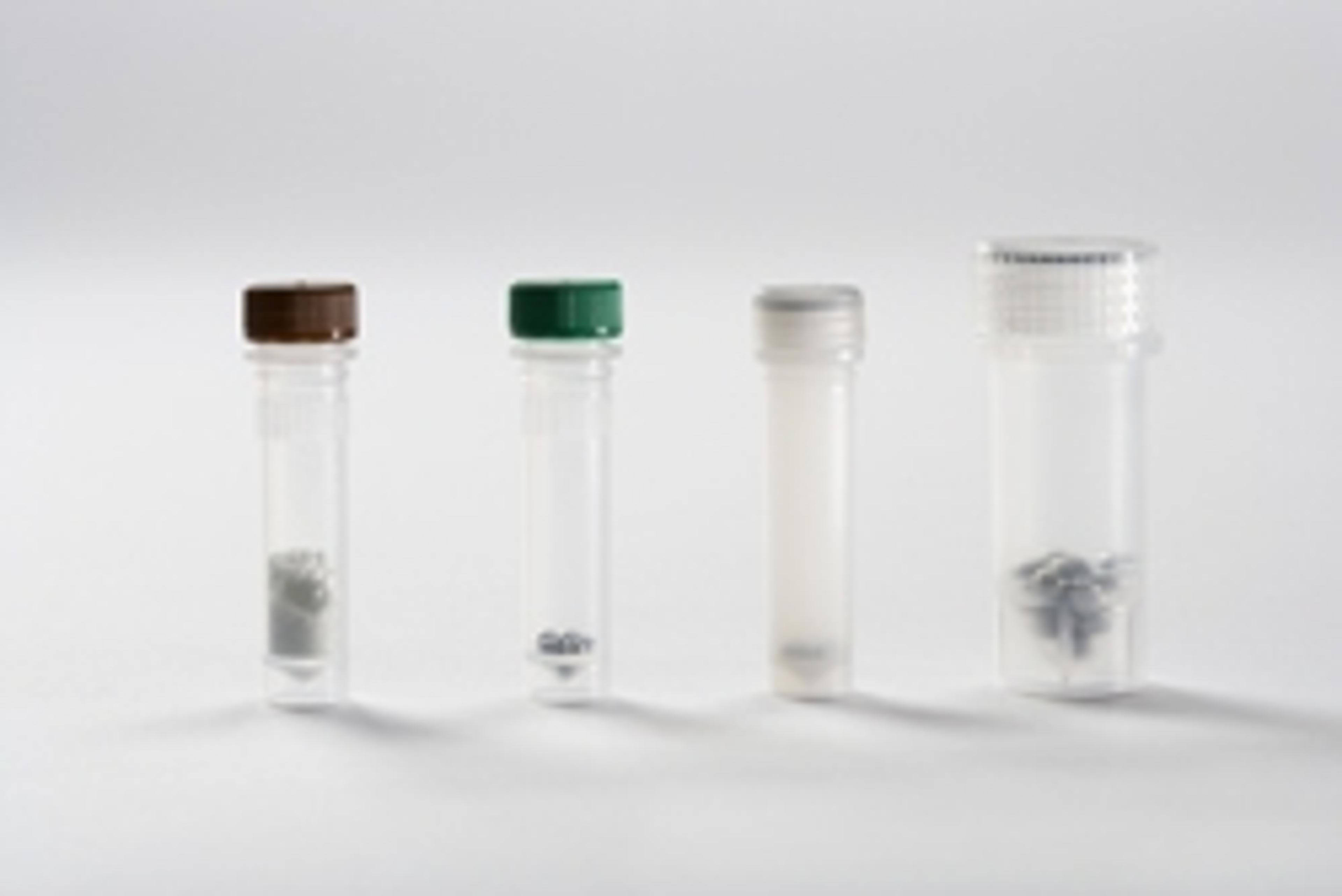Challenge and improve your DNA/RNA sample preparation
Discover the advantages of 3D-bead-beating technology for the extraction and protection of high-quality nucleic acids, in this on-demand webinar
22 Oct 2020

Molecular biology techniques, such as qPCR and NGS, are a must-have standard for most biological phenomena studies and their publication. Obtaining high-quality nucleic acids, in terms of purity and yield, as well as fragment size, is crucial to allow these techniques to be efficiently performed. However, starting from complex biological material implies that many challenges must be overcome to prevent the degradation of nucleic acids during their extraction and to reach the requirements to use these molecular techniques.
In this on-demand SelectScience webinar, discover the different ways to homogenize samples for DNA and RNA extraction, explore the advantages of 3D-bead-beating technology, and learn how to protect RNA samples from denaturation.
Read on for highlights from the live Q&A session or register to watch the webinar at any time that suits you.
Watch webinarThe following questions were answered by field application scientists Dr. Floriane Cohen and Dr. Martin Sanchez, of Bertin Instruments.
Q: Is this technology being utilized for SARS-CoV-2 testing in tissue samples?
FC: There are some labs in Europe that have been working with the 3D bead beating of the Precellys during the South Coast crisis. From the beginning of March and April in Europe, they've been working heavily on samples containing the virus. We have already had some feedback, and we have also produced application notes and a white paper regarding the use of Precellys for virus studies. There are several applications that show that you can use Precellys to extract both genetic material and infectious viral particles in order to make titrations, infect other cells, and more.
Q: I would like to extract RNA from tumor tissues. Do you have a recommended lysing kit and protocol?
MS: As always for RNA extraction, it depends on the kind of sample. Each kit contains beads that are adapted in function to the hardness of specific tissues. For example, we will use CK14 for tissues that are relatively easy to homogenize, such as the brain or the liver samples, and we will go for a bigger bead kit, CK28, to homogenize skin or the intestine. Concerning the RNA extraction, I would advise running the protocol for about 10 seconds and then increasing the speed depending on the sample type.
Q: What is the best procedure to homogenize an adipose tissue?
MS: It depends on what downstream application or analysis you want to do, but I would recommend that you start with 50 milligrams of tissue and about 300 microliters of lysing buffer using the CK28 lysing kit, which has 2.8 millimeters beads and a reinforced tube. The reinforced tube gives you the option to use higher speeds in the Precellys device so you will have adequate disruption power.
Q: We would like to homogenize bone samples. Do you have any recommendations?
MS: Once again, it depends on the size of the sample that you want to homogenize. We have different formats of tubes in the Precellys lysing kits, 2 millimeters, 7 millimeters, up to 15 millimeters. For bones, we suggest using bigger beads, such as the CKMix 50 kit, which is a mix of 2.8 millimeters and 5 millimeters beads, or the CK68 kit, which has beads of 6.8 millimeters in size. These kits are going to provide adequate disruption power to grind bones. Also, metal tubes are also a good option for grinding bones.
Q: How good is this equipment for isolating RNA from soil?
MS: The SK38 kit can be a good option for doing that. Keep in mind that for RNA extraction, you have to pay attention to the materials that you are using and use RNase inhibitors in order to protect the RNA. Then you could use the adaptive Precellys lysing kit SK38 with a short homogenization time and it should work.
Q: I would like to cryogrind animal tissue samples. Is this possible with Precellys homogenizers?
MS: Yes. Among our product range, we have metal tubes, so you can use liquid nitrogen. You can freeze the whole sample within these metal tubes, and then use Ceramic beads of 6.8 millimeters (CK68) for your homogenizing protocol.
FC: We also have a very good application note on the cryogrinding process which can be found on our website.
Q: Is it useful to isolate plasmic DNA from yeast cells?
MS: Yes, you can use Precellys. Depending on the type of cells, you could use VK05 or VK01. We suggest using mild speeds to obtain good quality DNA.
Q: Are there any physical attributes that can indicate that the DNA or RNA extracted has been degraded from too much heat?
FC: The heat doesn’t come alone, it comes with the agitation time. The more you homogenize and shake the beads and sample together, the more the heat increases. This means that in addition to heat elevation there will also be a mechanical aspect to consider which will break the DNA or the RNA into small pieces. So, fragment length can be a good indicator of whether the protocol is too long. We recommend using short protocols with short shaking times in order to prevent high heat and the extra mechanical effect. These can be adjusted depending on the tissue you are working with.
Q: How effective is the cooling module? Are we able to set the chamber's temperature before the homogenizing cycle begins?
MS: The cooling module is really effective. You can reach a temperature of four degrees really quickly.
FC: Yes, it's really quick. When you start the instrument and choose a target temperature, you reach this temperature between 30 seconds to one minute.
MS: It's also a dynamic system, meaning it follows the temperature inside the homogenization chamber in real-time. This means the system cools exactly as much as is needed, making the control very reliable.
Q: Will the composition of the beads affect the organ to be homogenized?
FC: The beads in our lysing kits are composed mainly of ceramic (zirconium oxide), glass, or metal (stainless steel). All these components are inert, so there is a low risk of contaminating the downstream analysis.
Q: Are there any reactions between the metal beads and the biological samples?
FC: We usually recommend using metal beads for dry grinding, that is, grinding a very hard sample without any buffer in the tubes, for samples such as seeds or bones. Stainless steel is not meant to react with these samples. When you are compelled to use buffers, it's better to use the ceramic beads or glass beads that have a reduced risk of reactions, such as oxidation for example.
Do you use Bertin Instruments products in your lab? Write a review today for your chance to win a $400 Amazon Gift Card>>

